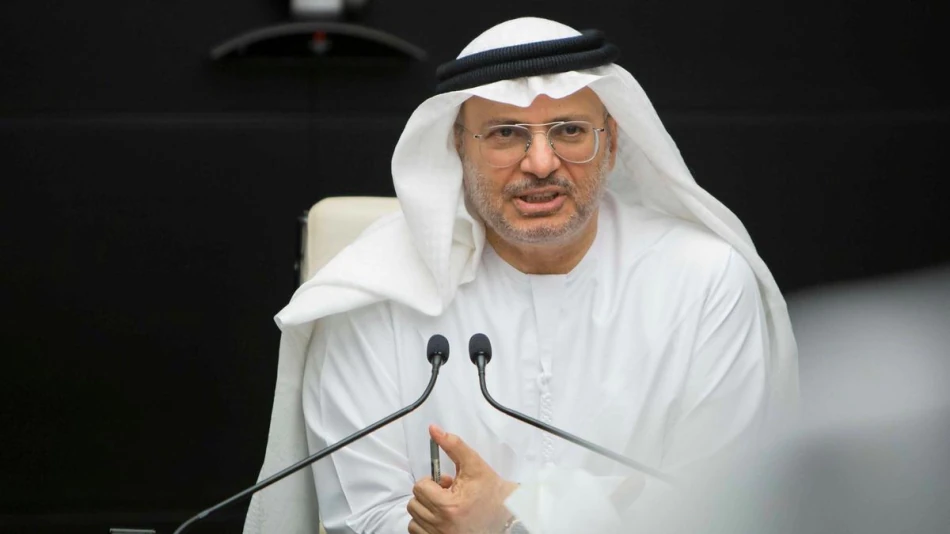
UAE Reaffirms Unwavering Commitment to Union and Leadership, Charting Confident Path to Brighter Future
UAE Reaffirms Federal Unity as Regional Leadership Model Takes Center Stage
Dr. Anwar Gargash, the UAE President's diplomatic advisor, has emphasized the enduring significance of the nation's federal structure, describing "Union Pledge Day" as the embodiment of leadership vision and public aspirations for a strong, cohesive state. His remarks underscore the UAE's commitment to centralized governance at a time when regional fragmentation continues to challenge Middle Eastern stability.
A Historic Milestone Reinforced
Speaking on his official X platform account, Gargash highlighted how the UAE took a "historic step toward unity of decision and destiny" on this pivotal day. He characterized Union Pledge Day as a moment founded on "determination and solidarity," reflecting the country's foundational principles established over five decades ago.
"We renew today our pledge to the union and to our leadership, and we move forward with confidence toward a prosperous and bright future," Gargash stated, reinforcing the government's commitment to federal cohesion.
Strategic Significance in Regional Context
Contrast with Regional Fragmentation
The UAE's emphasis on federal unity stands in stark contrast to the political fragmentation witnessed across the Middle East. While countries like Syria, Iraq, and Yemen continue to grapple with internal divisions and decentralized power structures, the UAE's model of centralized federal governance has enabled rapid economic diversification and international positioning.
Economic Implications for Investors
This reaffirmation of federal unity carries significant weight for international investors and businesses operating in the Gulf region. The UAE's stable governance structure has been a cornerstone of its appeal as a regional hub, supporting sectors from finance and logistics to technology and renewable energy.
The centralized decision-making process has historically enabled swift policy implementation, from establishing free zones to launching major infrastructure projects like the Dubai Metro and Abu Dhabi's renewable energy initiatives.
Comparative Regional Models
The UAE's federal model differs significantly from other Gulf states. While Saudi Arabia operates under a centralized monarchy and Qatar maintains a more traditional emirate structure, the UAE's seven-emirate federation requires continuous coordination between local and federal authorities.
This system has proven particularly effective in balancing local autonomy with national strategic objectives, allowing emirates like Dubai to maintain their distinct economic identities while contributing to broader national goals such as Vision 2071 and the Net Zero by 2050 strategy.
Future Implications
Gargash's remarks signal continued emphasis on federal cohesion as the UAE navigates complex regional dynamics and global economic shifts. The country's ability to maintain unified decision-making processes will likely prove crucial as it pursues ambitious goals including space exploration, artificial intelligence leadership, and climate change mitigation.
For regional observers, the UAE's model offers a template for how federal structures can maintain stability while enabling rapid modernization—a lesson particularly relevant as other Middle Eastern nations consider governance reforms in post-conflict scenarios.
Most Viewed News

 Sara Khaled
Sara Khaled






